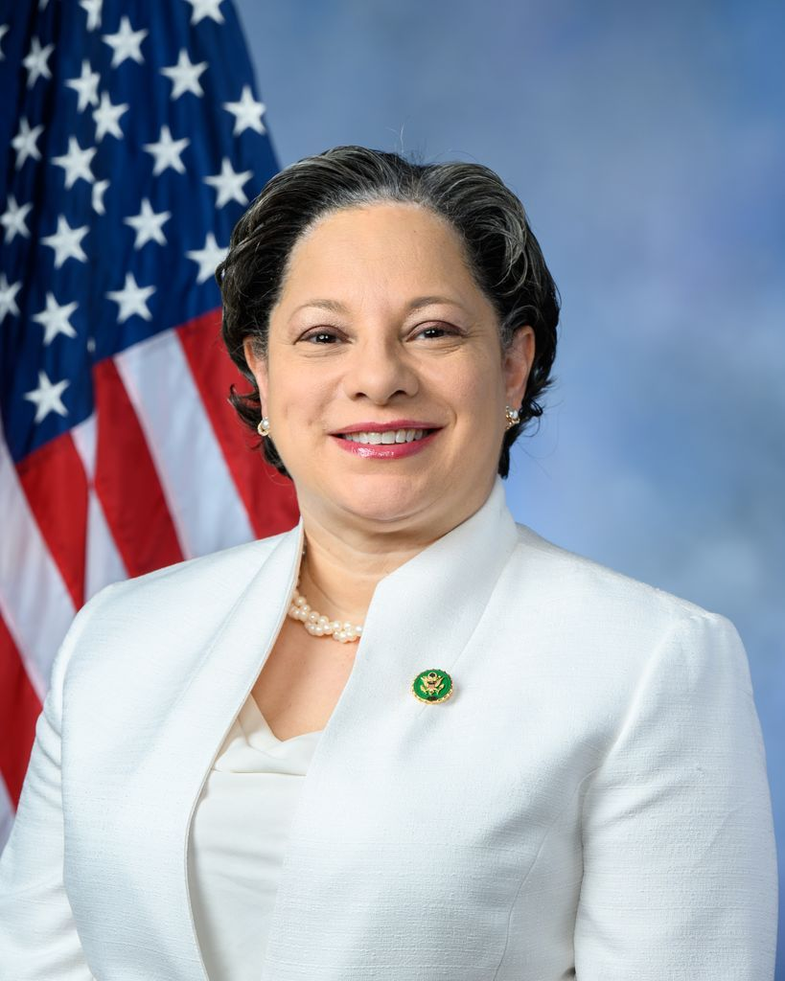H.R. 2313: Celestial Time Standardization Act
This bill, known as the Celestial Time Standardization Act, aims to establish a standardized system of time for operations on the Moon and other celestial bodies beyond Earth. The primary focus is on ensuring that all future activities related to lunar and deep-space exploration can occur efficiently and safely, supported by a consistent timekeeping system.
Purpose and Importance
The legislation articulates the following points regarding the need for celestial time standardization:- U.S. leadership in maintaining a permanent presence on the Moon and in deep space is crucial for scientific progress, exploration, economic growth, and international collaboration.
- The Artemis program, which includes lunar missions, will involve various stakeholders such as government entities, commercial companies, academic institutions, and international partners. This necessitates a unified timekeeping method for compatibility across different systems.
- Current timekeeping methods, like Coordinated Universal Time (UTC), encounter challenges when applied in space due to relativistic effects, making development of a new system important.
- The U.S. should take the lead in creating a lunar time standard to enhance interoperability and ensure secure operations in space.
- Establishing this standard will also bolster the U.S.'s position in global competitiveness and benefit other nations engaged in space exploration.
Responsibilities of NASA
The bill mandates that the Administrator of NASA carry out the following tasks:- Develop a celestial time standard, which will include the formulation and definition of a coordinated lunar time.
- Create a strategic plan for implementing this lunar time, ensuring it supports future lunar operations and infrastructure.
- Collaborate with relevant federal agencies, such as the Department of Commerce, Department of Defense, Department of State, and Department of Transportation.
- Engage with private sector companies, academic institutions, and international standard-setting organizations to create an effective timekeeping system.
Key Features of Coordinated Lunar Time
When developing the lunar time system, NASA is encouraged to incorporate several key characteristics:- Traceability to Coordinated Universal Time.
- Accuracy that facilitates precision navigation and scientific research.
- Resilience against loss of communication with Earth.
- Scalability for use in other space environments beyond the Earth-Moon system.
Reporting Requirements
NASA is required to provide a briefing to Congress within two years after the bill's enactment. This briefing must outline the developed strategy, including relevant plans, timelines, and necessary resources for implementing the standardized lunar time.Relevant Companies
None found.This is an AI-generated summary of the bill text. There may be mistakes.
Sponsors
2 bill sponsors
Actions
4 actions
| Date | Action |
|---|---|
| Apr. 29, 2025 | Committee Consideration and Mark-up Session Held |
| Apr. 29, 2025 | Ordered to be Reported by Voice Vote. |
| Mar. 25, 2025 | Introduced in House |
| Mar. 25, 2025 | Referred to the House Committee on Science, Space, and Technology. |
Corporate Lobbying
0 companies lobbying
None found.
* Note that there can be significant delays in lobbying disclosures, and our data may be incomplete.
Potentially Relevant Congressional Stock Trades
No relevant congressional stock trades found.

